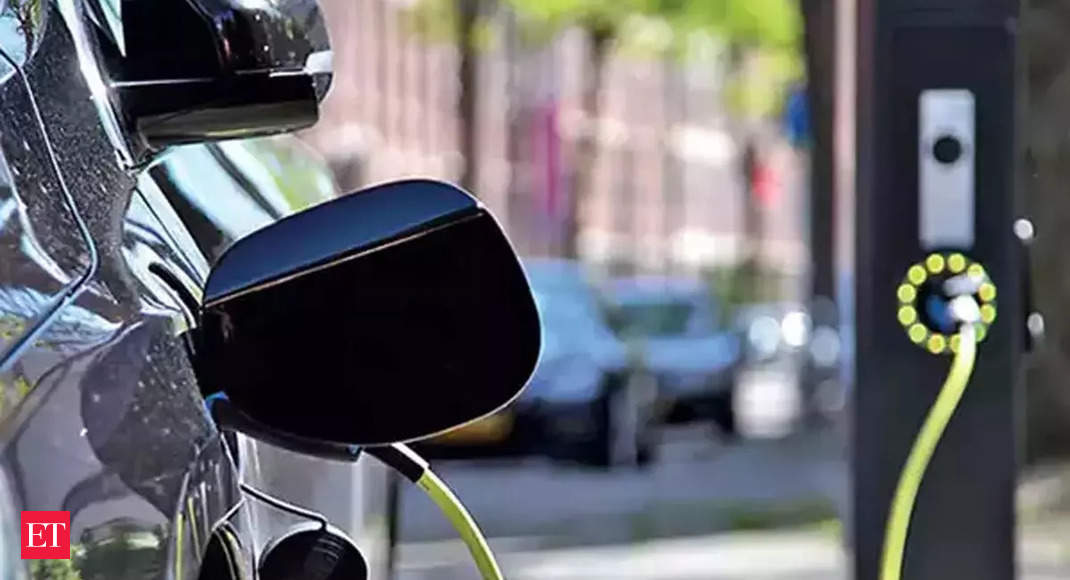The Indian government is actively considering including electric vehicle (EV) infrastructure within the priority sector lending (PSL) category, in a move that could significantly support the EV sector. A senior official confirmed that a representation has been received to include EV infrastructure in the priority sector, and discussions will be held with the Reserve Bank of India (RBI) regarding possible revisions to the PSL requirements for banks.
The power ministry has also written a letter to the Department of Financial Services expressing support for the inclusion of EV infrastructure within the priority sector lending category, signifying the government’s commitment to boost the EV sector and promote clean mobility.
As per current guidelines provided by the RBI, banks are required to allocate 40% of their adjusted net bank credit to the priority sector. The priority sector currently includes seven sectors – agriculture, micro, small and medium enterprises, export credit, education, housing, social infrastructure, and renewable energy.
The Indian government aims to increase the proportion of EVs on Indian roads as part of its efforts to achieve the net zero target. The government has implemented the Faster Adoption and Manufacturing of Hybrid & Electric Vehicles (FAME) program, which offers subsidies to EV manufacturers. Including EV infrastructure under the priority sector lending category is expected to boost credit flow to the EV sector by providing a mandate for financial institutions.
A report by Niti Aayog in January 2022 highlighted the potential for including electric two- and three-wheelers, as well as four-wheelers for commercial use, in the priority sector lending category. The report emphasized the need for higher liquidity and lower cost of capital for EV assets and infrastructure to facilitate the transition to electric mobility.
The EV sector in India has been witnessing significant growth, with EV sales crossing 700,000 in the first half of 2023. Recognizing the potential of the sector, banks have been advocating for the inclusion of loans for EV infrastructure and green hydrogen in the priority sector lending category.
The inclusion of EV infrastructure within the priority sector lending category would provide a significant boost to the EV sector by ensuring adequate credit flow and investment. It would also support the government’s clean energy and mobility goals.
In addition to the EV sector, the government is also focusing on expanding the coverage of micro-insurance products. The government has urged banks to extend the coverage of accident and life insurance schemes to Pradhan Mantri Jan Dhan Yojana (PMJDY) bank account holders. The aim is to increase the coverage of micro-insurance schemes and reach a larger population, leading to greater financial inclusion.
To promote the micro-insurance scheme, the government is exploring collaborations with other ministries and leveraging existing platforms such as the E-Shram portal in coordination with the labor ministry. The expansion of micro-insurance coverage aligns with the government’s objective of providing financial security to vulnerable sections of society.
Overall, the inclusion of EV infrastructure within the priority sector lending category and the expansion of micro-insurance coverage demonstrate the government’s commitment to promoting sustainable and inclusive development in India.











